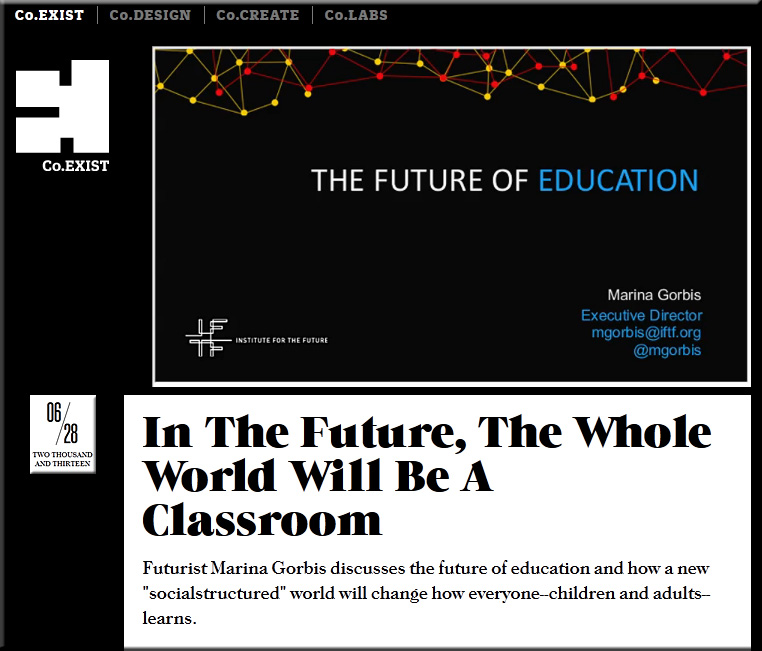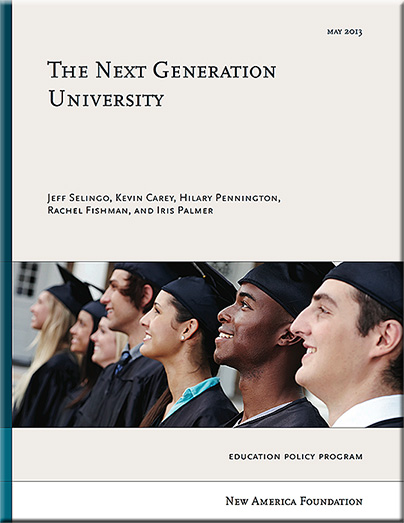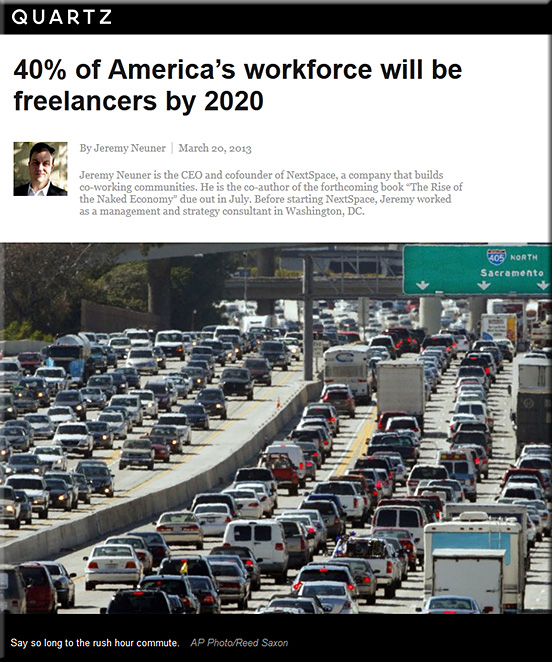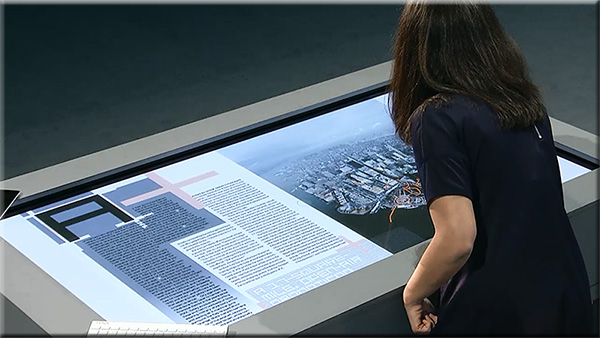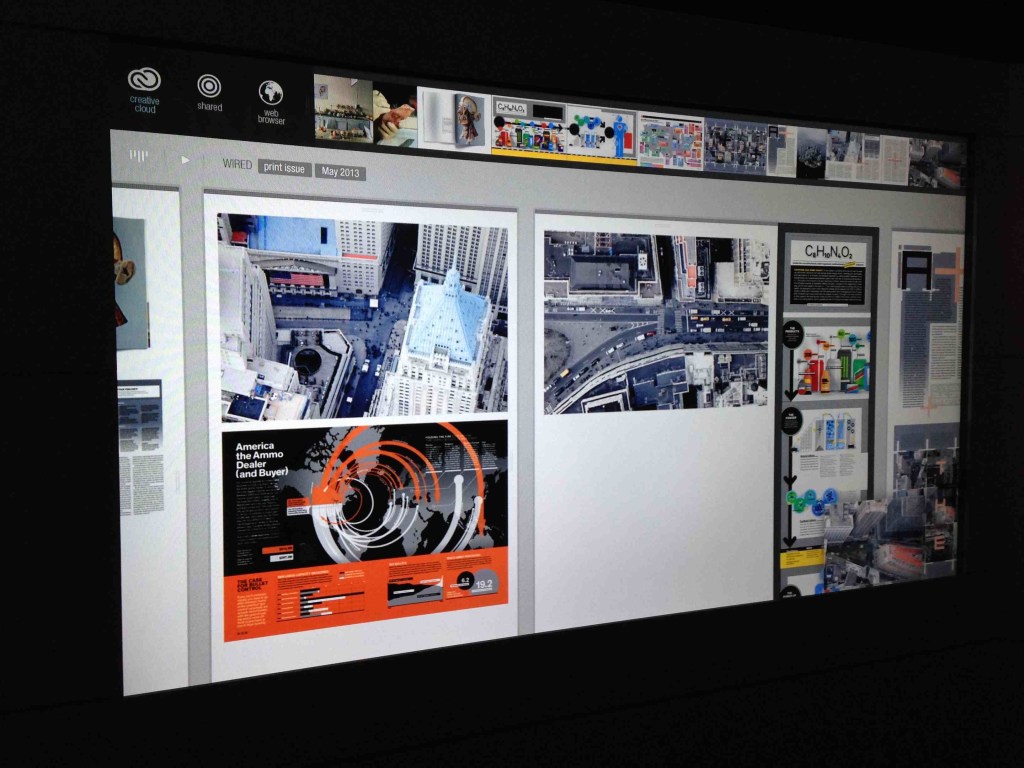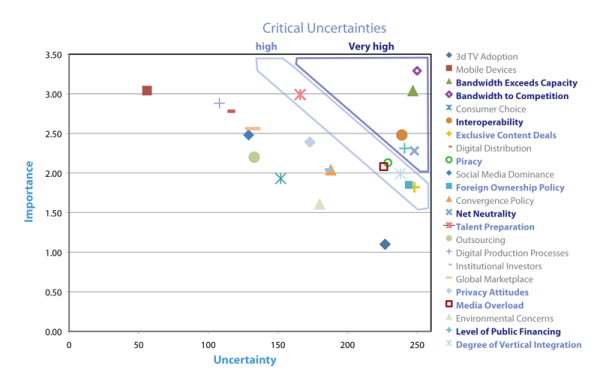THE FUTURIST magazine is FREE online through the month of July as part of WorldFuture 2013. Check out the July-August issue of THE FUTURIST magazine!
Mapping the Future with Big Data — by Patrick Tucker
A little-known California company called Esri offers a “Facebook for Maps” that promises to change the way we interact with our environment, predict behavior, and make decisions in the decades ahead.
New Tools for War and Peace: Technology Game Changers — Rick Docksai Interviews John Watts
Militaries and civilians alike plan for technological change, says security consultant John Watts. Tools such as analytical gaming can be useful to both military and civilian planners for developing new concepts.
The Rise of Citizen Science — by Kathleen Toerpe
From tracking the migration of songbirds to discovering new celestial bodies, amateur scientists may help fill in a need for more researchers. Beyond helping “real” scientists collect data, amateurs are becoming better trained, better equipped, and better prepared to contribute to tomorrow’s breakthroughs.
Life Imitates Art: Cyborgs, Cinema, and Future Scenarios — by Ramona Pringle
From utopian ideals to dystopian nightmares, the narratives we create about ourselves color our visions of our futures.
Transition Engineering: Planning and Building the Sustainable World — by Susan Krumdieck
On the way to building the sustainable world, transition engineers respond to risks, not disasters. Transition engineering will emerge as the way by which society reduces both fossil fuel use and the detrimental social and environmental impacts of industrialization.
Anticipatory Governance: Winning the Future — by Leon S. Fuerth with Evan M. H. Faber
The Project on Forward Engagement offers a three-part strategy for enabling policy makers to cope with accelerating change and complex challenges. Rather than relying on crisis management, anticipatory governance creates a structure for information collection and analysis that is long-ranged, strategic, mission-focused, holistic, and connected to policy making that gets us ahead of events.
10 Future-Changing Inventions Ready to Launch — by Patrick Tucker
Futurists: BetaLaunch, the World Future Society’s third annual innovation competition, will allow WorldFuture 2013 attendees to get a glimpse of the companies, start-ups, and inventions that are changing the future. Here are the creators we’re honoring at F:BL this year.
World Trends & Forecasts










